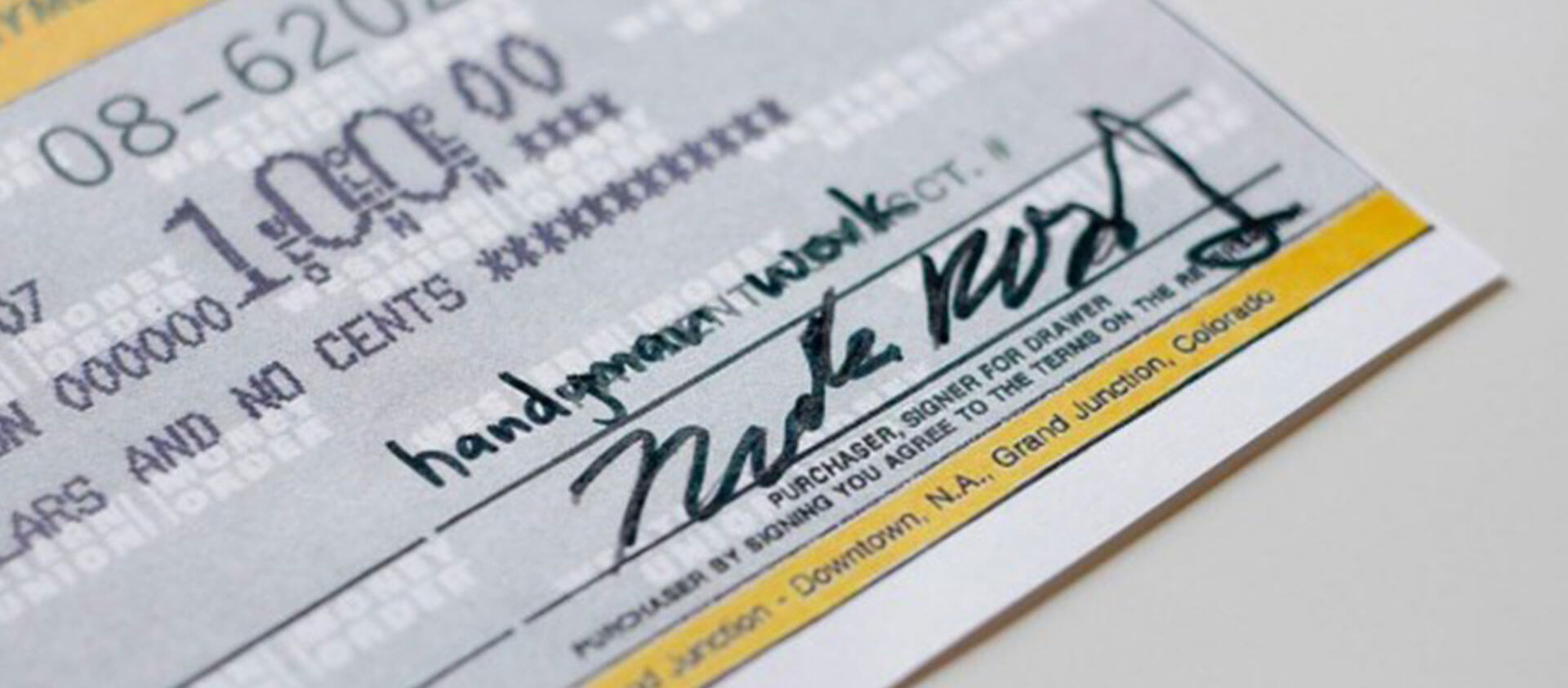

government also capped the maximum transaction amount at $1,000 for domestic orders and $700 for international orders. Bank Secrecy Act and the USA Patriot Act requires that money orders be subject to “more regulatory processing” than checks (since those could be easily forged).Īs part of efforts to make the practice safer, the U.S. To combat the exploitation of money orders as money laundering instruments, bureaucratic policies were implemented in an attempt to set up checks and balances in the system. For example, a criminal organization could receive income through several money orders and declare this income through a limited liability company (LLC), thus rendering the money legitimate or “clean.” Since the system could easily be used in business transactions between a multitude of parties, it could potentially serve as a vehicle for laundering money obtained through illegal activities. The payment system saw very limited acceptance and usage in the brokerage and insurance industries due to concerns over how it could be used for money laundering. While the concept was deemed fairly appealing and profitable, it still comes with a few disadvantages. The post office acquired the system and managed to improve its profitability, making it a significant source of cash flow for the organization.

A money order was legally binding and could only be deposited into the account of a specified entity. If cash was sent, it could easily be stolen and added to any bank account. British postal officials welcomed the idea that one party could safely send a money order to another party without running the risk of theft. The most pivotal point in the history of money orders occurred when the British Post Office saw value in the service. The payment system was then sold off to a private buyer who was able to significantly lower the fees associated with requesting a money order, making the system popular. It was because of the system’s high fees, which made more traditional payment methods such as cash or checks more appealing. When the concept was initially pioneered, it was not particularly successful. The money order concept came into existence in late 18 th century Britain. Upon receipt, it can be exchanged for a deposit in the holder’s bank account. The issuer will then produce the official money order document – which can then be given to the other party (or parties) involved in the transaction. To obtain a money order, an entity must pay the amount that’s been agreed upon for a good or service. A money order is a guaranteed form of payment for a specified amount that two parties can use as a form of payment in exchange for a given product or service.


 0 kommentar(er)
0 kommentar(er)
